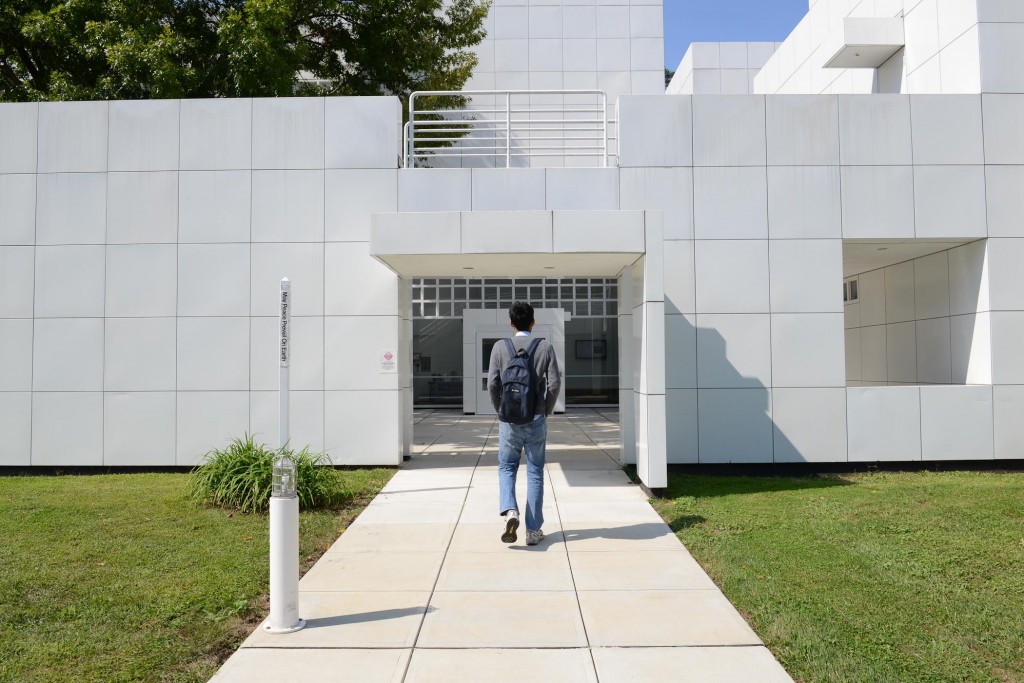
-
1833
A group of Congregational ministers forms the Pastoral Union of Connecticut to train ministerial leadership for the churches. They organize a school, which opens the following year at East Windsor Hill.
-
1865
The Theological Institute of Connecticut moves to Hartford and 20 years later is renamed the Hartford Theological Seminary.
-
1885
In response to a need for trained leadership in the growing educational work of the churches, a group in Springfield, Mass., organizes The School for Christian Workers, later the Bible Normal College.
-
1889
The Seminary’s Board of Trustees votes unanimously to admit female students, and in so doing, becomes the first seminary in America to open its doors to women.
-
1902
The Bible Normal School moves to Hartford to work in affiliation with the Seminary, and its name is changed to the Hartford School of Religious Pedagogy and later to The Hartford School of Religious Education. The school is a founding member of The American Association of Schools of Religious Education.
-
1910
The World Missionary Conference at Edinburgh calls for specialized preparation of missionaries.
-
1911
The Seminary organizes the Hartford School of Missions, incorporating in it the missionary training that had long been growing within its own program. Mrs. Emma Baker Kennedy of New York City, a lifelong supporter of missionary work, endows the school in memory of her husband, the late John Stewart Kennedy, and in his honor the name is changed to The Kennedy School of Missions.
-
1913
The three schools joined into “a single corporation in the nature of an interdenominational university of religion.” For nearly half a century these schools, later joined by the Institute of Church and Community, work together, sharing each other’s resources and providing training on the same campus for a wide diversity of vocations.
-
1961
The separate facilities legally merged into the Hartford Seminary Foundation.
-
1972
In response to changing needs in theological education and in the churches, the Seminary restructures its program to phase out pre-ordination education and focus upon the leadership development of laity and clergy; educational outreach to clergy and the public; congregational research and development; research into the role of the church in society; and Islamic Studies and Christian-Muslim relations.
-
1981
An award-winning modern building of international renown designed by Richard Meier opens. The institution’s name is changed to Hartford Seminary.
-
1985
The Hartford Institute for Religion Research opens its doors to study congregational vitality and trends in American religion.
-
1990
The Seminary becomes the first nondenominational theological institution in North America to name a female president. The next year marks another “first”; Hartford Seminary names a Muslim to its core faculty.
-
2001
The Islamic Chaplaincy Program begins, offering a 72-credit program that trains chaplains for the military, hospitals,
colleges and universities, and other multifaith settings. -
2004
The International Peacemaking Program accepts its first students for a year-long fully funded fellowship focusing on interfaith dialogue and peacemaking skills.
-
2015
The Imam Ali Chair for Shi’i Studies and Dialogue among Islamic Legal Schools is the first academic chair dedicated to Shi’i Studies in North America.
-
2017
The Ph.D. program in Islamic Studies and Christian-Muslim Relations welcomes its first students.
-
2020
The Board of Trustees adopts a new strategic plan. Three new degree programs accredited: MA in Interreligious Studies; MA in Chaplaincy; MA in International Peacebuilding.
-
Today
 Sign-up now ›
Sign-up now ›